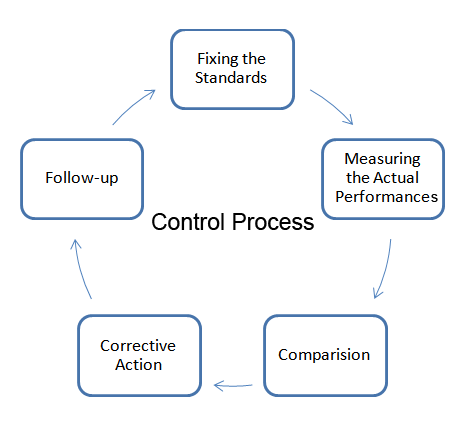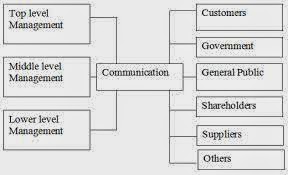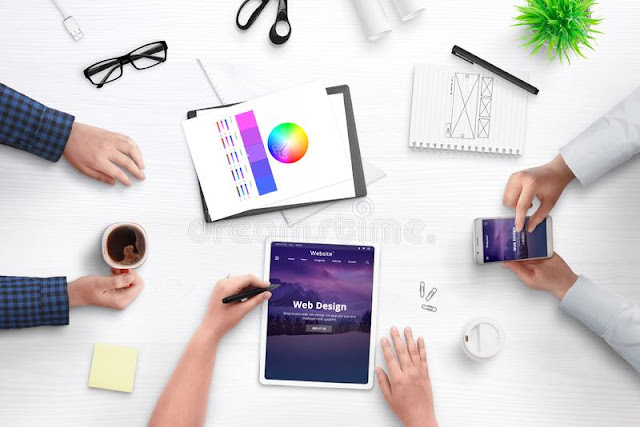TOTAL QUALITY MANAGEMENT (TQM)

Total quality control refers the control on quality of manpower; quality of machines and quality management; and factors associated for managing them is called TQM. It has two fundamental operational goals. They are as follows. (a) Careful design of product & service (b) Ensures that organization's system can consistently produce the product and design or not. In this regard we can define TQM as managing the entire organizations' effort so that it excels in all dimension of product and services that are important to customers.TQM is a necessity. It is a journey which will never end. It is way to survive and succeed. TQM is a totality integrated effort for gaining competitive advantage by continuously improving every steps of operation. Philosophical element of TQM The philosophical eleme...




